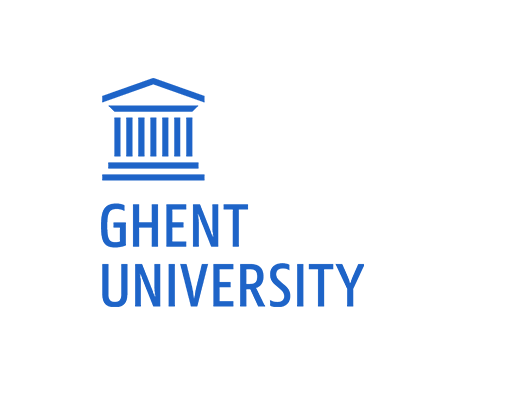The soil information system of Rwanda: a useful tool to identify guidelines towards sustainable land management.
- Ann Verdoodt (Laboratory of Soil Science Ghent University)
- Eric Van Ranst (Laboratory of Soil Science Ghent University)
Abstract
On the steep lands of Rwanda, overpopulation and degradation of the land resources are acute problems, especially against the background of present and future populations, food and agricultural demands, and opportunities and constraints. The ability of the land to produce is limited with the limits to production being set by climate, soil and landform conditions, and the use and management applied. Knowledge of the soils, their properties and their spatial distribution, is indispensable for the agricultural development of Rwanda as it opens opportunities for a more rational management of the land resources. The necessary input data for this agricultural research mainly became available through the realization and updating of a soil information system. Geographic information science and relational database software were combined to capture the spatial as well as the numerical and descriptive data gathered during the national, traditional soil survey that was finalized in 1989. The database was further extended with topographic and climatic data and has been used to characterise the physical production environment that farmers face in the different agricultural regions of the country. Several land evaluation tools, adapted to the Rwandan environment, have subsequently been developed, evaluating the options for stronger crop regionalisation, the strategies for more rational regional land use planning, and the possibilities for further intensification of the crop production.
Key Words: Soil Survey, Geographic Information Science, Land Evaluation, Crop Growth Modelling, Rwanda
How to Cite:
Verdoodt, A. & Van Ranst, E., (2006) “The soil information system of Rwanda: a useful tool to identify guidelines towards sustainable land management.”, Afrika Focus 19(1). doi: https://doi.org/10.21825/af.v19i1.5415
Downloads:
Download PDF
View PDF
